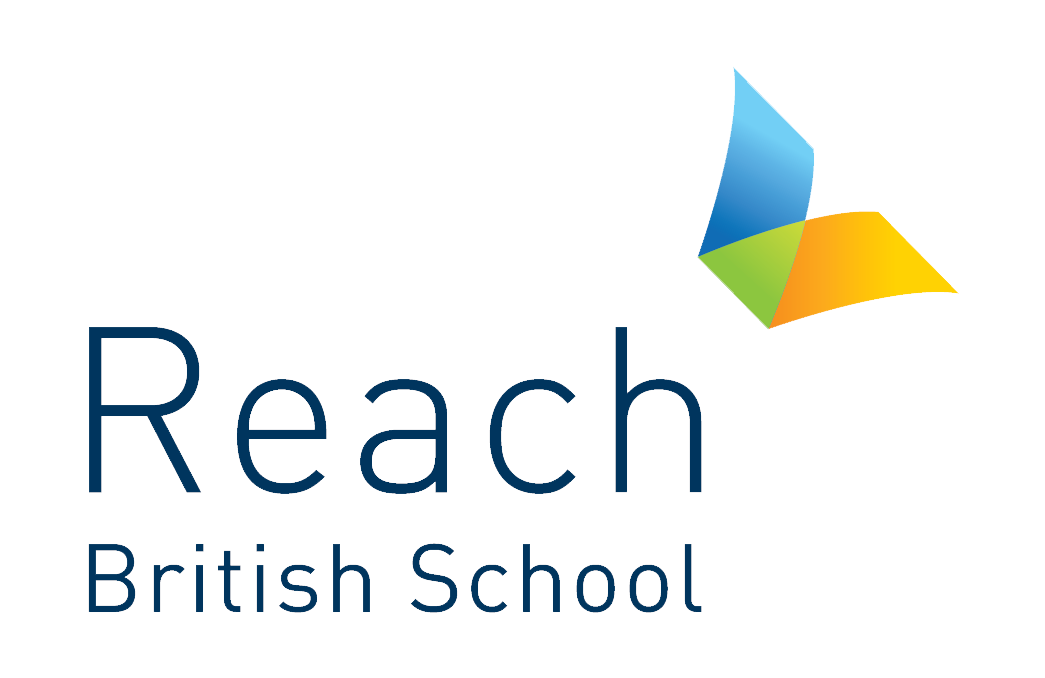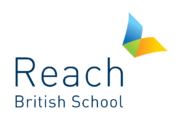English As An Additional Language (EAL)
Reach’s objective is in accordance with that of the National Curriculum programmes of study which aims to provide all students with relevant and appropriately challenging work at each key stage.
The National Curriculum framework sets out three principles that are essential to developing a more inclusive curriculum:
- Setting suitable learning challenges
- Responding to students’ diverse learning needs
- Overcoming potential barriers to learning and assessment for individuals and groups of students
Students Learning English As An Additional Language
The main medium of instruction at Reach British School is English. Developing proficiency in the English language is key to ensuring that children can fully access the learning.
Students for whom English is an additional language have diverse needs in terms of support necessary in English language learning. Teachers’ planning should take account of such factors as the student’s age, the length of time they have been learning (or exposed to) the English language, previous educational experiences and their skills or proficiency levels in their mother tongue. This knowledge will be sort from parents, previous school reports, observation of the student in class and outside of class, and where the students are Arabic speakers, liaison with Arabic colleagues to build a more thorough learner profile. Teachers are mindful that a lack of proficiency in the English language is not indicative of a child’s intellectual ability. Careful monitoring of each student’s progress in the acquisition of English language skills and of subject knowledge and understanding will be necessary to confirm that no learning difficulties are present.
Planning
As the vast majority of students at Reach British School are EAL students, teachers are provided with professional development training to ensure they are well equipped to support their learners. Planning is carefully and deliberately designed to help students develop English skills: speaking, listening, understanding, reading and writing in all subject areas. At Reach British School, lessons are designed to be engaging, meaningful and relevant to students’ lives so they feel less anxious about learning an additional language, and where they feel safe to take risks. One way they do this is to use examples from the world in which they live so students can make connections to what they already know and build on from there.
Teachers should take specific action to help students who are learning English as an additional language by:
- a. Developing their language acquisition, including spoken and written English
- b. Ensuring access to the curriculum and to assessment.
Professor Stephen Krashen’s work has suggested that there is just one key way for students to acquire an additional language ‘comprehensible input in a low anxiety environment.’ When input strategies are meaningful and relevant for students and learning occurs in an environment which is low on anxiety and high on motivation and relevance, students sense of self-esteem and selfefficacy improves which opens them up for taking in the new language – the input strategies.
Assessment
Teachers formatively assess students’ learning daily and use this observational knowledge to plan next steps in learning.
When they notice that a student is beginning to fall behind with learning because the language is a barrier, an intervention must be sought. In the early stages, intervention may take the form of adapting tasks within the class to help support the student in their learning. If these actions do not work in supporting the student to make progress, then a more formal process takes place and an intervention plan is put into action. In this case, the situation is escalated to the SENCO or ESL lead and may lead to the writing of an Individual Education Plan. This intervention plan aims to address the areas where the student is struggling (is this a general language delay – also evident in mother tongue, or unique to English, or are there additional learning needs which are masked by lack of English acquisition) and suggests strategies which should be implemented by the teacher (and parents) with the aim to support learning. To write an appropriate IEP as much information is needed as possible. Where parents have reports from external specialists it really helps supports in the writing of an IEP, as it helps identify appropriate targets for children with realistic strategies and timescales.
Strategies Teachers Use to Develop English Language Acquisition
- Input strategies are meaningful and relevant for students. The use of non-verbal and pictorial cues can help support understanding – without understanding the language cannot be acquired successfully.
- Students are exposed to new terminology and this terminology is reinforced over several lessons, so students are exposed to it over time. They are provided ample opportunities to listen and apply their knowledge through speaking, reading and writing tasks. It has been suggested EAL students need to practise new vocabularly between 5-8 times before it becomes part of their vocabulary, so repetition is crucial.
- Vocabulary work covers both the technical and everyday meaning of key words, metaphors and idioms.
- Teachers explain clearly how speaking and writing in English are structured to achieve different purposes, across a range of subjects.
- A variety of reading material [for example, students’ own work, the media, ICT, literature, reference books] is provided which highlight the different ways English is used, especially those that help students to understand society and culture.
- Effective opportunities for talk are planned for and that talk is used to support writing in all subjects where appropriate, encourage students to transfer their knowledge, skills and understanding of one language to another, pointing out similarities and differences between languages e.g. through use of student-made dictionaries, understanding of the origins of ‘English’ words like algebra (from Arabic), pyjamas (Indian sub-continent) etc.
- Build on students’ experiences of language at home and in the wider community, so that their developing use of English and other languages support one another.
- Children in Key Stage 2 are encouraged to bring in bilingual dictionaries so they can check for meaning and key words in their home language to better understand new words introduced in English.
- For some students, small group intervention may be required to help them learn. From September 2016, a small team of teachers with EAL experience will identify students in need of this additional support. This support may be within class, or in a withdrawal session – the strategy will be decided based on discussions with teaching staff about the best approach.
Students are encouraged to develop a strong proficiency in mother tongue, which is the key building block for gaining success in an additional language. During D.E.A.R. time (drop everything and read) children are encouraged to bring in reading material in their home language and we encourage parents to talk about learning in their mother tongue.
Strategies To Ensure Access To The School Curriculum
Teachers make sure students have access to the curriculum and to assessment through:
- Use accessible texts and materials that suit students’ ages and levels of learning
- Provide support by using ICT or video or audio materials, dictionaries and translators, readers and amanuenses
- Use home or first language, where appropriate e.g. through bilingual word walls, using the bilingual WALT / ‘I can’ slide at the start of lessons, working in collaboration
with colleagues in different departments to teach key concepts in mother tongue first (Arabic-speaking children only), reinforce skills in other subject areas so students have time to practice new terminology and apply it in a range of contexts.



 WHATSAPP
WHATSAPP

 P.O. Box 12986 Abu Dhabi UAE
P.O. Box 12986 Abu Dhabi UAE